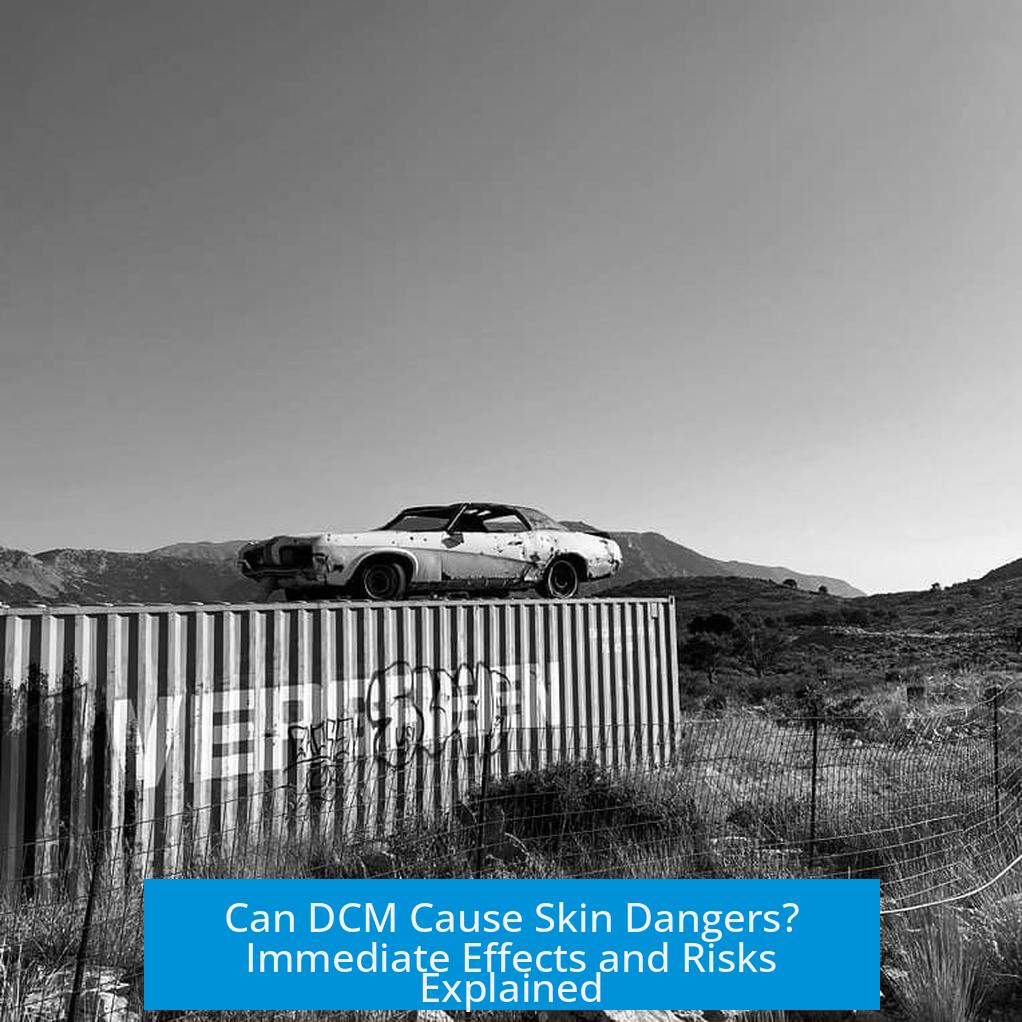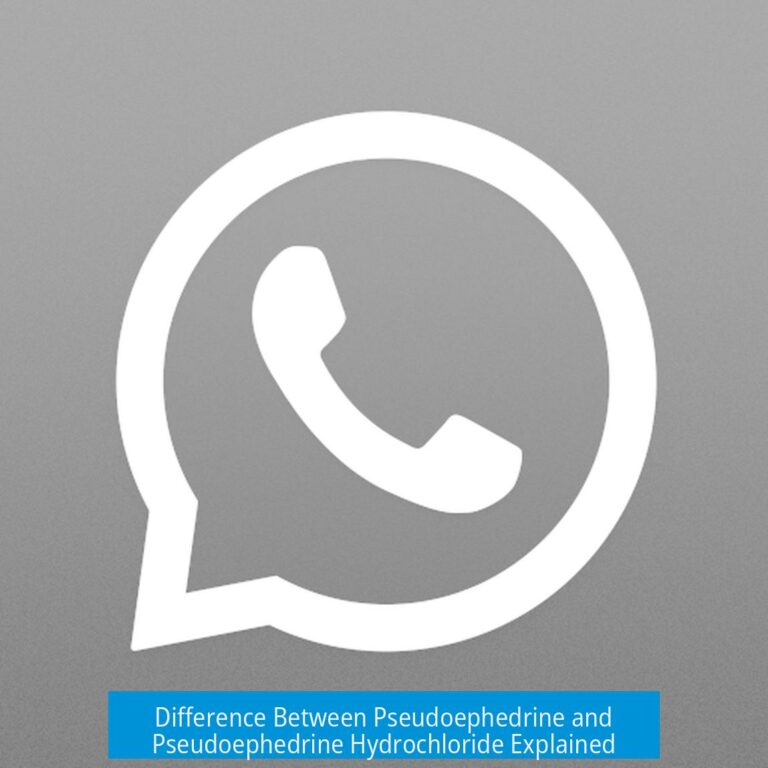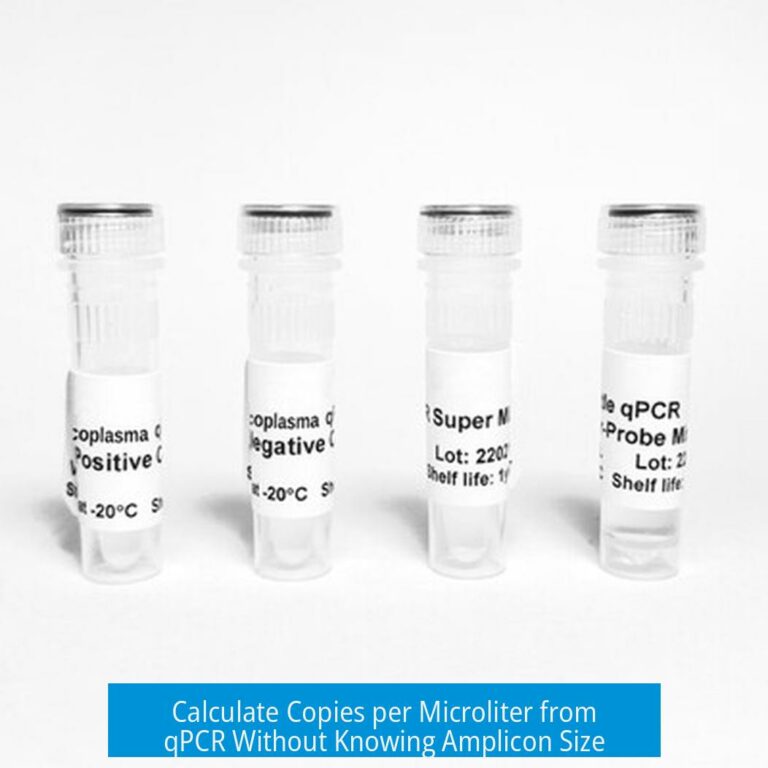Can DCM Be Dangerous on Skin Contact?

Dichloromethane (DCM) exposure on the skin can be risky, especially with prolonged contact or improper handling. While brief, occasional contact often results in minimal harm if the area is washed promptly, repeated or trapped exposure may cause serious skin and systemic effects. Understanding these risks and adopting protective measures is essential when working with DCM.
1. Immediate Effects of Skin Contact
Brief skin contact with DCM generally has limited harmful effects. The chemical evaporates rapidly due to its high volatility. Many workers find that waving the contaminated hand in air allows DCM to evaporate quickly. Washing the area with water after exposure helps remove residual solvent.
- DCM removes natural oils and fats from the skin.
- This leads to dryness and possible cracking after even short exposure.
- Use of moisturizers can reduce dry skin symptoms.
- One-time spills rarely cause immediate serious injury.
Though the initial effects are usually minor, prevention of spills remains important to reduce any skin stress.
2. Risks of Prolonged or Trapped Exposure
Greater concern arises when DCM stays trapped against the skin. This can occur if the solvent is caught under gloves, rings, or watches, allowing prolonged contact. In such cases, substantial skin damage can occur.
- Trapped DCM rapidly dissolves skin fats.
- It can cause chemical burns and irritant dermatitis.
- Chronic exposure leads to persistent dryness and cracking.
- Long-term skin damage from continued exposure is possible.
Wearing gloves is advisable to reduce exposure. However, if gloves become soaked, removing them promptly prevents solvent permeation. Avoid wearing jewelry to work to reduce trapping risk.
3. Systemic Toxicity via Skin Absorption
DCM is absorbed through the skin easily and can enter the bloodstream. Systemic toxicity is a critical concern, especially during repeated exposure over time. The compound is hepatotoxic, meaning it can damage the liver.
- Chronic skin absorption raises risk of fatty liver disease.
- Long-term exposure to DCM may progress to liver failure.
- The risk amplifies with concurrent alcohol or acetaminophen use.
- Skin injection must be strictly avoided, as it significantly raises local and systemic harm.
Short, single exposure events rarely lead to systemic issues. Continuous work without proper protection elevates liver toxicity risk. Hence, managing dermal exposure is critical in chemical safety.
4. Protective Measures When Handling DCM
Proper safety protocols limit skin contact risks. Using gloves and protective clothing helps minimize direct exposure. Although nitrile gloves have some permeability to solvents, their quick removal upon contamination highly reduces absorption.
- Wear chemical-resistant gloves during DCM handling.
- Remove contaminated gloves promptly to avoid prolonged skin contact.
- Follow Safety Data Sheet (SDS) instructions precisely.
- Wash contaminated skin immediately with water and mild soap.
- Avoid wearing jewelry or watches in solvent work areas.
These precautions together reduce absorption and skin damage. Maintaining workplace ventilation also minimizes accidental inhalation of volatile DCM vapors.
5. Comparative Hazard of DCM
Among chlorinated hydrocarbons, DCM is moderately hazardous. It is considered less dangerous than chloroform or carbon tetrachloride but still demands respect and caution.
| Chemical | Relative Hazard | Notes |
|---|---|---|
| Dichloromethane (DCM) | Moderate | Volatile solvent, hepatotoxic, skin and respiratory risks |
| Chloroform | Higher | Stronger central nervous system depressant, carcinogenic potential |
| Carbon Tetrachloride | High | Highly toxic to liver and kidneys, carcinogenic |
DCM requires careful handling plus workplace controls but is safer when appropriate protection and procedures are used.
Summary of Key Points
- Short-term skin contact with DCM usually results in only minor irritation if washed off promptly.
- Prolonged or trapped DCM exposure causes skin dryness, cracking, and potential chemical burns.
- Chronic skin absorption may lead to liver toxicity and systemic health effects.
- Gloves are recommended but must be removed quickly if contaminated to avoid permeation.
- Following Safety Data Sheet guidelines ensures safer handling and reduces risks.





Leave a Comment